Say Goodbye to Recurrent BV? This Smart “Bacteria Bullet” Selectively Kills Gardnerella in Real Patient Samples
If you’ve ever suffered from bacterial vaginosis (BV), you know the frustrating cycle: treatment, temporary relief, then the symptoms return—often worse than before. The problem? Current antibiotics like metronidazole are like a sledgehammer—they wipe out bad bacteria but also destroy the good ones, leaving your vaginal microbiome vulnerable to reinfection.
But what if there was a smarter weapon? A microscopic “sniper” that could seek out and destroy only the harmful Gardnerella bacteria—the main culprit behind BV—while leaving your beneficial lactobacilli untouched?
A groundbreaking new study says: that weapon exists. It’s called BNT331-endolysin (BNT331-EL), and in tests using real vaginal samples from 49 women with BV, it reduced Gardnerella by a stunning 94%.
Here’s what this exciting research found—and why it could finally break the cycle of recurrent BV.
Why Current BV Treatments Fail (And Why We Need Something New)
Bacterial vaginosis is the most common vaginal infection in women of childbearing age. It’s not caused by a single “invader” but by an imbalance in your vaginal microbiome. Normally, good bacteria (mostly Lactobacillus) keep the environment acidic and healthy. In BV, these good bacteria decline, and a diverse group of anaerobic bacteria—including Gardnerella—take over.
The Gardnerella Problem: Gardnerella isn’t just another bad actor. It’s the ringleader. It forms sticky, protective biofilms on vaginal cells, creating a scaffold that allows other harmful bacteria to thrive. Think of it as building a fortress. Standard antibiotics often can’t penetrate this biofilm, which is why BV comes back in up to 60% of women within months.
We need a treatment that can:
- Penetrate the biofilm.
- Kill Gardnerella specifically.
- Leave good bacteria like L. crispatus unharmed.
- Have a low risk of causing bacterial resistance.
Enter endolysins.
What is an Endolysin? (Your New Microbial Bodyguard)
Endolysins are naturally occurring enzymes produced by bacteriophages (viruses that infect bacteria). Their job? To punch holes in the bacterial cell wall from the inside, causing the bacterium to burst open and die.
Scientists have learned to engineer these endolysins to target specific bacteria. BNT331-EL is one such engineered endolysin, designed to target Gardnerella with laser-like precision.
The beauty of endolysins is that they:
- Are highly specific: They only attack the bacteria they’re designed for.
- Work fast: They kill on contact.
- Can penetrate biofilms: They break down the protective slime.
- Don’t cause resistance easily: It’s hard for bacteria to evolve defenses against having their cell walls ripped open.
The Experiment: Testing BNT331-EL on Real BV Samples
Researchers didn’t test this in a petri dish with lab-grown bacteria. They went straight to the source: vaginal fluid and swab samples from 49 real women diagnosed with BV.
First, they used advanced DNA sequencing to map out the microbiome of each sample. They confirmed what we know: BV samples were dominated by CST IV-B (a diverse, unhealthy mix) or CST III (dominated by L. iners, a less protective type of lactobacillus). Gardnerella was present in 86% of samples and was the #1 most abundant bacteria in over half of them.
Then, they treated these samples with different doses of BNT331-EL for 3 hours and 19 hours. They used two powerful methods to measure the results:
- Microscopy (FISH): They literally watched under a microscope as the Gardnerella biofilm (the “clue cells” doctors look for) disappeared after treatment.
- Viability qPCR: This advanced DNA test only counts live bacteria, giving a precise measurement of how many Gardnerella were killed.
The Results: A 94% Knockout Punch to Gardnerella
The findings were remarkable:
- Massive Reduction: At a concentration of just 50 µg/mL, BNT331-EL reduced the number of live Gardnerella bacteria by 94% after 19 hours. Higher doses (up to 500 µg/mL) didn’t work any better—50 µg/mL was the sweet spot.
- Works on All Levels: It didn’t matter if a woman had a low or high amount of Gardnerella to start with—the endolysin was equally effective.
- Biofilm Buster: Microscopy showed the endolysin didn’t just kill the bacteria—it dissolved the entire biofilm structure clinging to vaginal cells.
The Best Part? It’s Gentle on Good Bacteria
This is where BNT331-EL truly shines. The researchers also checked what happened to the good guys:
- L. crispatus (The Good Guy): The endolysin did not harm L. crispatus. In fact, in samples where L. crispatus was present, it actually grew during treatment. With the Gardnerella “bully” removed, the good bacteria had room to flourish.
- L. iners (The Wild Card): L. iners is a tricky bacterium. It’s often present in BV and can be a sign of an unstable microbiome. The endolysin did reduce L. iners in most samples (by an average of 92%). This might actually be a good thing, as it could help the vagina transition back to a healthier, L. crispatus-dominated state.
What This Means for Women with BV: Real Hope on the Horizon
This study isn’t just lab data—it’s a major step toward a real-world solution. The results were so promising that they directly informed the dosage for the first-ever human clinical trial of BNT331-EL, which began in July 2024 (NCT06469164).
If this treatment works in humans as it did in these samples, it could revolutionize BV care:
- Higher Cure Rates: By effectively destroying the Gardnerella biofilm, it could prevent the high recurrence rates seen with antibiotics.
- Microbiome-Friendly: By sparing L. crispatus, it helps restore natural, long-term vaginal health.
- Targeted Therapy: It’s a precision tool, not a blunt instrument.
The Bottom Line: A Potential Game-Changer
For millions of women stuck in the frustrating cycle of recurrent BV, this research offers genuine hope. BNT331-EL represents a new class of “smart” antimicrobials that work with your body, not against it.
While we wait for the results of the human trials, this study proves the concept: selectively targeting Gardnerella with an engineered endolysin is not only possible—it’s incredibly effective in the complex environment of a real BV infection.
The future of BV treatment might not be a broad-spectrum antibiotic. It might be a tiny, precision-engineered enzyme that knows exactly which bacteria to eliminate. And that future is closer than ever.
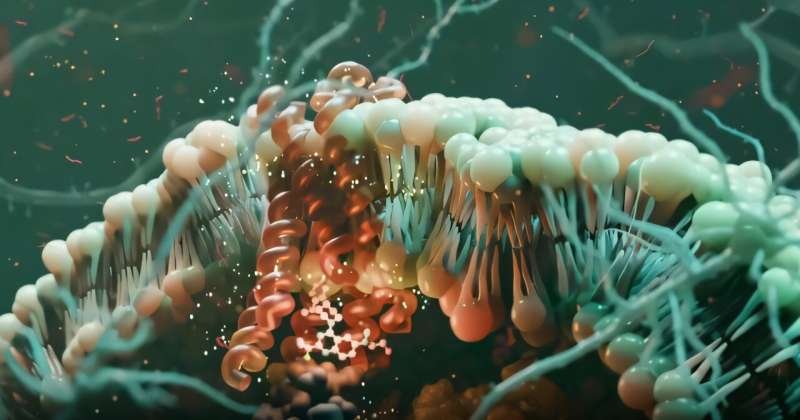
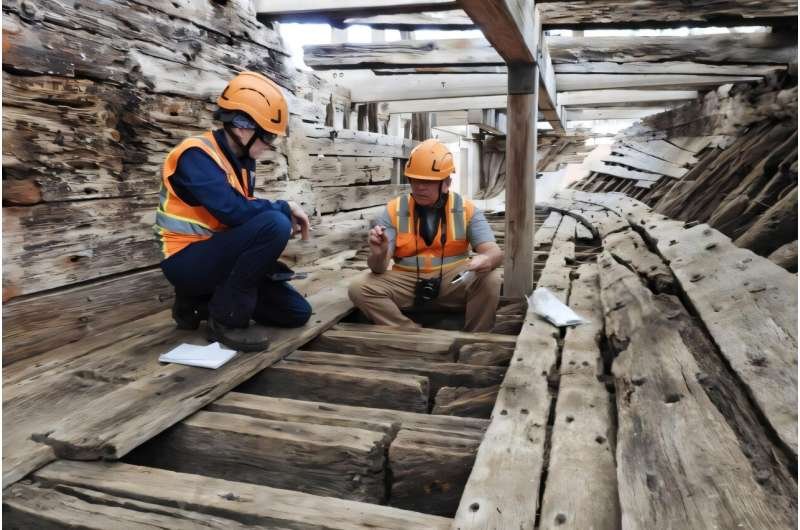
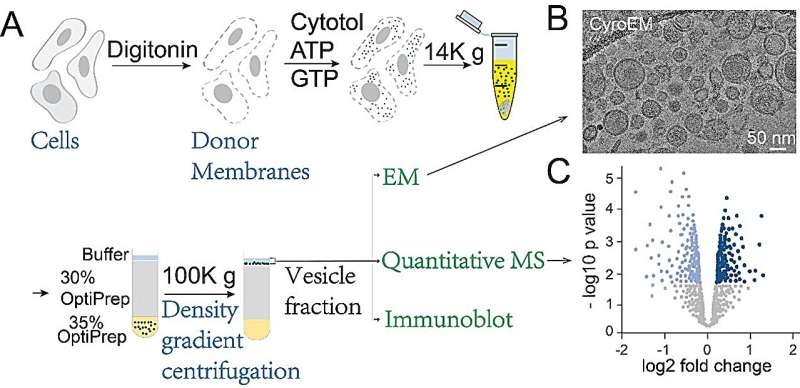
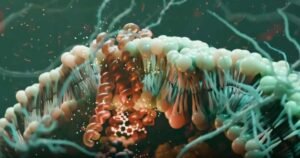
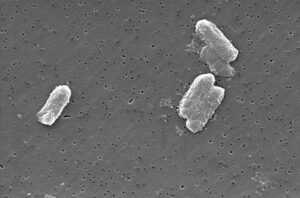

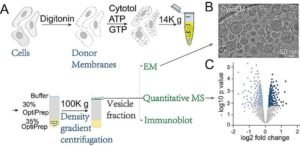
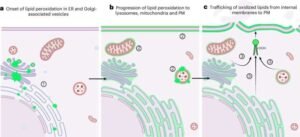




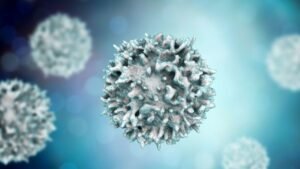
Post Comment